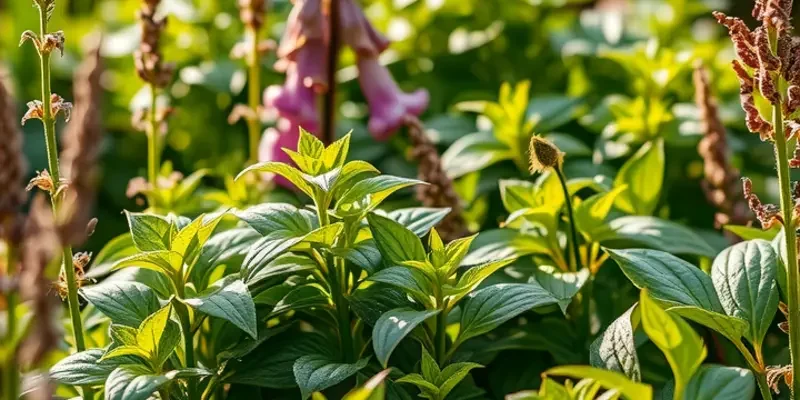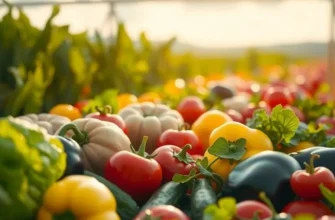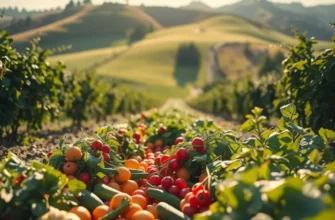Creating flavorful sauces is an essential skill that can elevate your dishes from ordinary to extraordinary. Whether you’re drizzling a rich béchamel over pasta or stirring together a fresh salsa, sauces add depth and character to your meals. This guide offers practical tips and techniques that cater to all cooking levels, making it easier to infuse your food with delightful flavors. Get ready to explore the world of sauces and impress your family and friends with your culinary creativity.
The Foundations of Flavor: Basic Sauces You Should Know
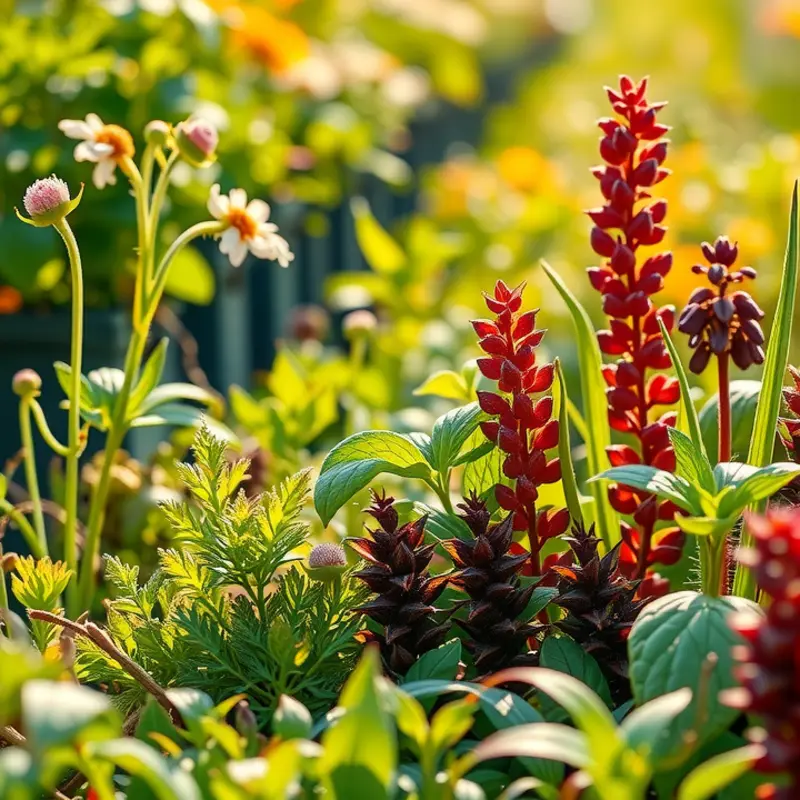
Mastering the art of sauce-making is crucial for any culinary enthusiast looking to elevate their dishes. Among the plethora of sauces, a few basic ones stand out as essential foundations that can transform simple ingredients into extraordinary meals. This chapter introduces you to the timeless classics—béchamel, marinara, and vinaigrette—and unveils the secrets to creating these versatile sauces.
Béchamel Sauce
Béchamel is the quintessential white sauce that forms the base for many comforting dishes. Made with butter, flour, and milk, this sauce is a blank canvas for flavor. Begin by melting butter over low heat, then slowly adding flour, stirring constantly. This creates a roux—a thickener for the sauce. Gradually whisk in milk, ensuring no lumps form, until the mixture is smooth. To enhance béchamel, consider adding a pinch of nutmeg or a bay leaf while it simmers. These subtle additions introduce warmth and depth, turning a simple sauce into a silky masterpiece.
Marinara Sauce
Rich in tomato flavor and aromatic herbs, marinara sauce is an Italian classic that pairs beautifully with pasta and pizza. Start with fresh or canned tomatoes, ensuring their sweetness and acidity balance well. Sauté minced garlic in olive oil until fragrant, then add the tomatoes, allowing them to break down. Fresh basil leaves, added near the end of cooking, impart an unmistakable flavor that defines this sauce. For added complexity, incorporate a splash of red wine or a pinch of chili flakes. Marinara is adaptable, able to complement a variety of savory dishes or stand alone atop freshly made pasta.
Vinaigrette
Simple yet sophisticated, a vinaigrette enhances salads and grilled vegetables with its zesty tang. The basic formula is one part vinegar to three parts oil. However, adjustments can be made to suit personal taste. Combine vinegar with a pinch of salt, allowing it to dissolve before whisking in oil. Freshly cracked black pepper, mustard, or minced shallots add layers of flavor. For a sweeter touch, a drizzle of honey or maple syrup can be incorporated. Vinaigrettes are as diverse as the dishes they accompany, allowing creativity to guide your culinary exploration.
By mastering these foundational sauces, you open doors to countless variations and new culinary adventures. Each sauce can be tailored to your taste preferences or dietary needs. For example, béchamel can be converted into a cheese sauce by adding shredded cheese once it’s thickened. Marinara can be enriched with vegetables or meats for heartier dishes. Vinaigrettes can be modified with different vinegars, oils, or additional flavorings to match the season or cuisine.
If you’re exploring how to safely store these sauces, check out our guide on safer storage of sauces, which offers tips to keep your creations fresh and flavorful longer. With a firm grasp on these sauces, both classic and creative possibilities become endless. Embrace the versatility and simplicity they offer, turning each meal into a delightful, flavor-packed experience.
Flavor Enhancers: Using Ingredients Wisely
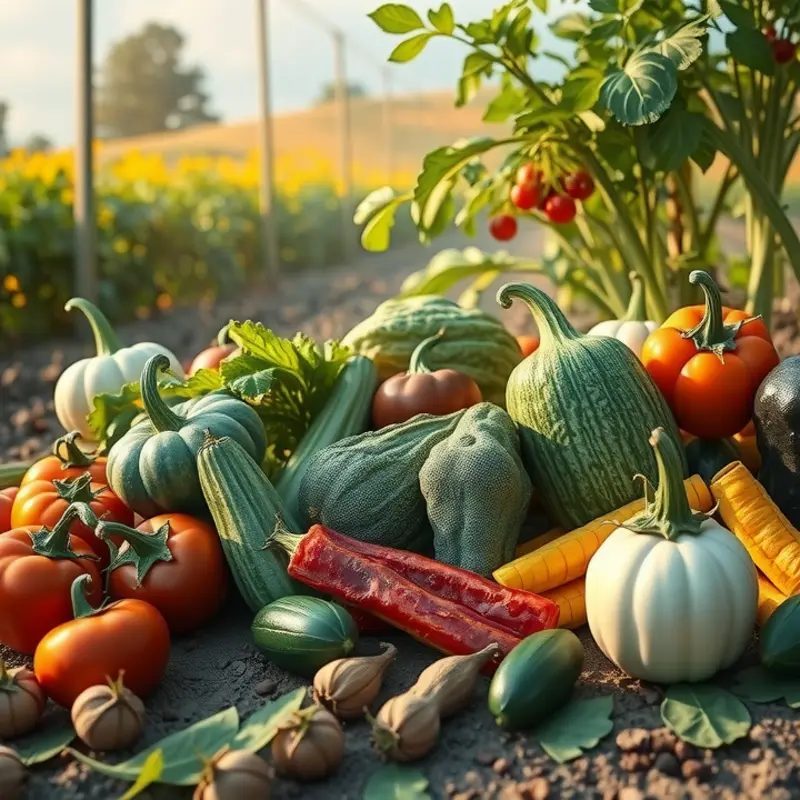
Crafting a sauce is an art that thrives on the intelligent use of ingredients. Each element, from acidity to seasoning, plays a crucial role in achieving the perfect balance. To elevate your sauces, let’s delve into some techniques and ideas that can transform a modest concoction into the highlight of your dish.
Using Fresh Herbs
Herbs are a sauce’s secret weapon, adding a touch of freshness and complexity. However, the key lies in timing. Add delicate herbs like basil, parsley, or cilantro towards the end of cooking. This preserves their vibrant flavors and prevents them from becoming bitter. For more robust herbs like rosemary or thyme, you can add them earlier and let them infuse gently, imparting a deeper aroma.
Incorporating Spices
Toasting spices before adding them to your sauce can unlock a world of flavor. This process releases essential oils, enhancing the spices’ richness and subtly intensifying their taste. Use a dry pan, heat it gently, and add spices like cumin, coriander, or mustard seeds, stirring frequently until they become fragrant. Once toasted, they can be ground and added, allowing you to experiment with a full spectrum of flavors.
Balancing Elements
A successful sauce hinges on a balanced symphony of sweet, salty, and acidic notes. Start with a foundational flavor, then gradually introduce counterpoints. Acidic elements like lemon juice or vinegar can cut through richness and enhance nuances. Meanwhile, a touch of sweetness from honey or maple syrup can round off sharper edges. Simultaneously, use salt to draw out flavors, but remember that moderation is key. Taste frequently to ensure that no single element overpowers the others.
Deglazing the Pan
Deglazing is a technique that involves adding liquid to a pan to lift those delicious browned bits known as “fond.” This step infuses your sauce with a depth and complexity that is hard to achieve otherwise. A splash of wine or broth works wonders, dissolving these caramelized morsels and integrating them into the sauce. Not only does this add richness, but it also reduces waste by utilizing every bit of flavor from your ingredients. For more insights on minimizing waste in your culinary adventures, visit Safer Storage of Sauces.
With these techniques in your culinary toolkit, your approach to sauces will be forever changed. Knowledge of when and how to incorporate key ingredients is crucial to creating sauces that sing with flavor. Each step provides an opportunity to layer and build upon the flavors present, resulting in a sauce that brings a dish together and dazzles the palate of anyone lucky enough to taste it.
Final words
Sauces are a powerful tool in any cook’s arsenal, enhancing flavors and transforming simple dishes into culinary masterpieces. By mastering a few fundamental sauces and experimenting with various ingredients, you can develop your own signature flavors. Remember that the key to a great sauce lies in balance—experiment with the harmonious combination of acidity, sweetness, and seasoning. With practice and creativity, you will elevate your cooking skills and impress others with your newfound ability to craft delicious sauces. Embrace the process, have fun, and let flavor be your guide as you continue to explore the world of sauces.

